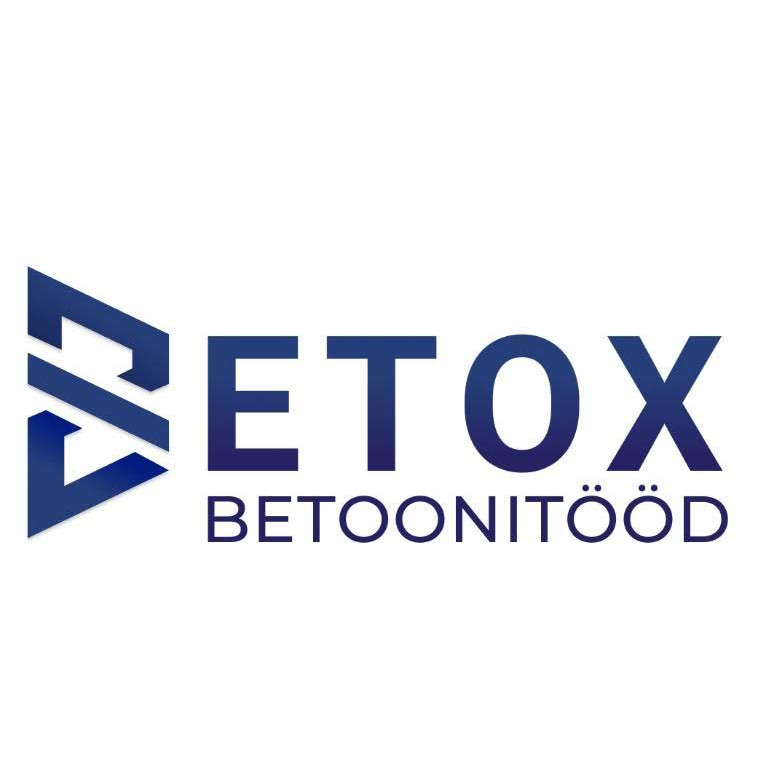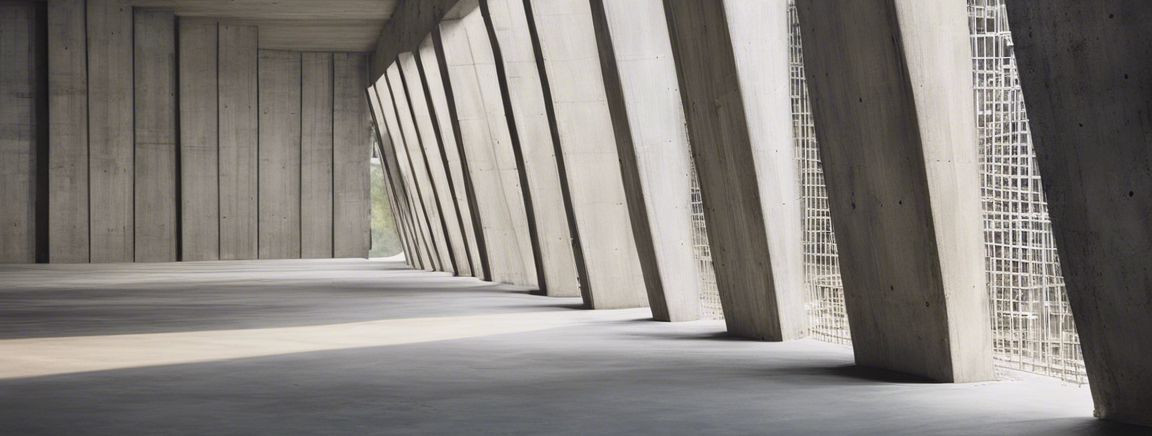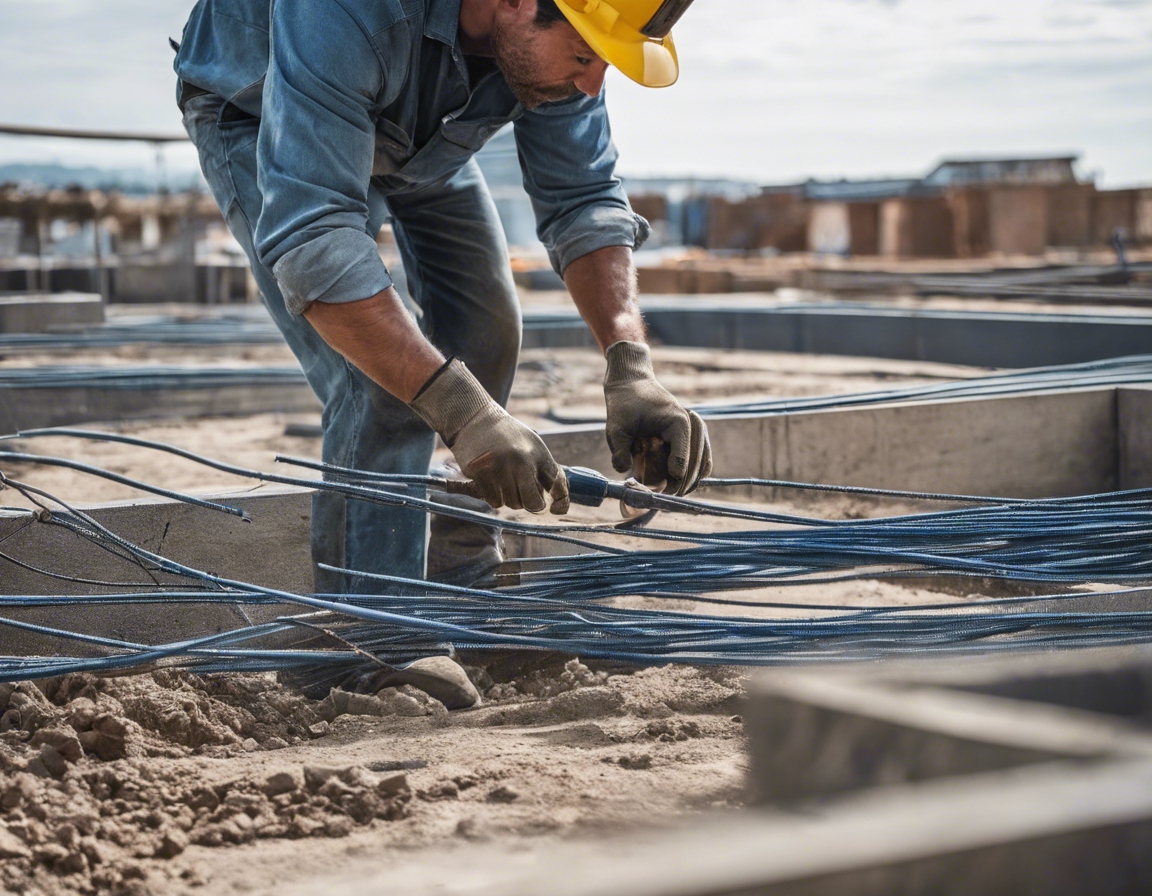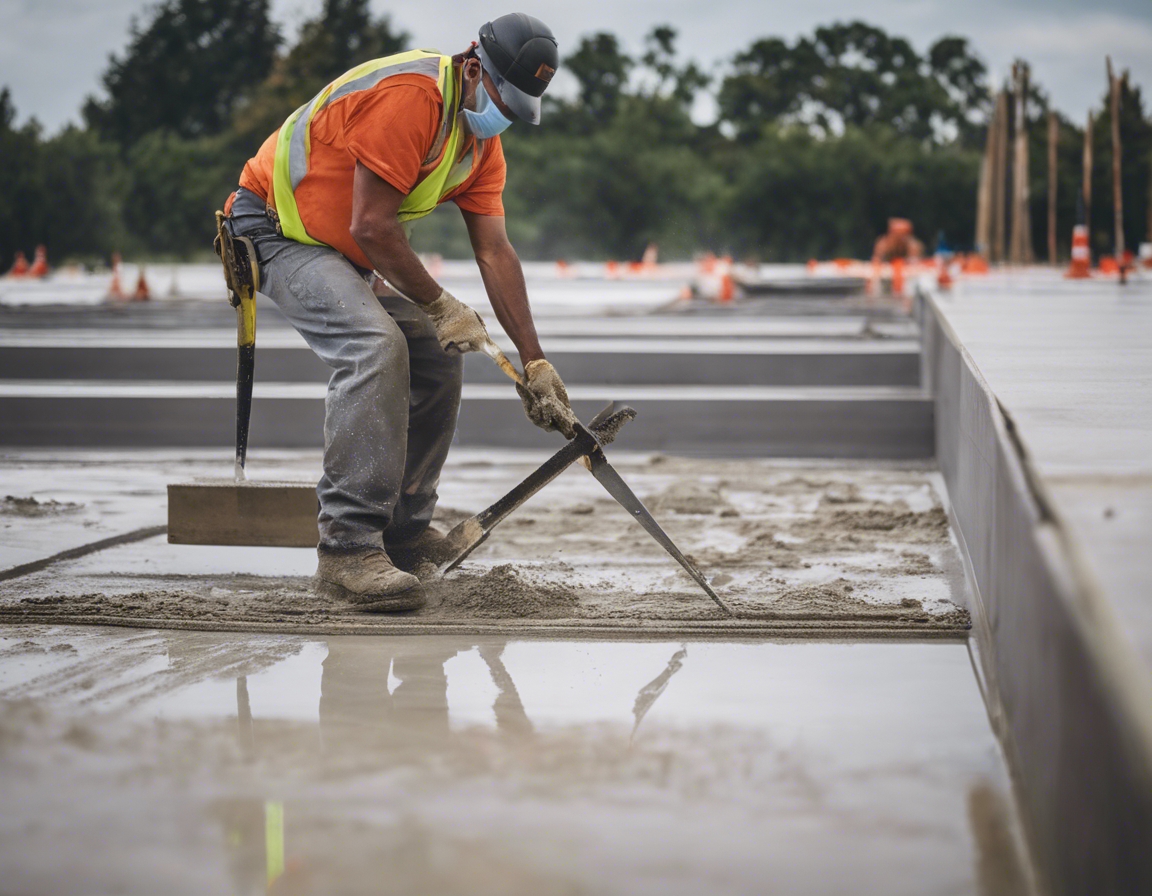The future of concrete: trends and innovations
Concrete has been the backbone of construction for centuries, evolving from a rudimentary mixture of natural materials to a sophisticated, engineered composite. Today, concrete is the most widely used man-made material on the planet, and its development continues to play a critical role in shaping the built environment.
Innovation in concrete technology is essential not only to enhance the performance and durability of structures but also to address the environmental impact of construction activities. With the building sector responsible for a significant portion of global carbon emissions, the push for sustainable and efficient construction practices has never been more urgent.
Emerging Trends in Concrete Technology
One of the most promising trends is the development of green concrete, which utilizes recycled materials and reduces the carbon footprint of concrete production. This approach aligns with global sustainability goals and offers a more eco-friendly alternative to traditional concrete.
Self-healing concrete incorporates materials that react with water and air to automatically repair cracks, significantly extending the lifespan of concrete structures and reducing maintenance costs.
The advent of 3D printing technology in the construction industry has opened up new possibilities for complex shapes and forms, reducing waste and speeding up the construction process.
Translucent concrete, made with embedded optical fibers, allows light to pass through, creating aesthetically pleasing effects and potential applications in energy-efficient building designs.
Developments in high-performance concrete (HPC) have led to materials with exceptional strength, durability, and resistance to environmental factors, making it suitable for demanding construction environments.
Innovative Additives and Materials
Graphene, a material known for its extraordinary strength and conductivity, is being explored as an additive to create stronger, lighter, and more conductive concrete.
Nanotechnology has the potential to revolutionize concrete at the molecular level, improving its mechanical properties, durability, and resistance to water and chemicals.
Fiber-reinforced concrete incorporates various fibers to enhance its structural integrity and crack resistance, leading to safer and more resilient buildings and infrastructure.
Smart Concrete and IoT Integration
Embedding sensors within concrete structures enables real-time monitoring of stress, cracks, and overall health, facilitating proactive maintenance and ensuring long-term safety.
Intelligent concrete systems, integrated with the Internet of Things (IoT), provide valuable data for managing infrastructure, predicting failures, and optimizing maintenance schedules.
Challenges and Considerations
While these innovations promise to transform the industry, they often come with higher initial costs. Balancing the long-term benefits against upfront investment is a key consideration for adoption.
New materials and technologies must navigate complex regulatory landscapes to ensure safety and compliance, which can delay their introduction to the market.
The construction industry is traditionally slow to adopt new technologies. Overcoming skepticism and demonstrating the value of these innovations is crucial for widespread acceptance.






Comments (0)